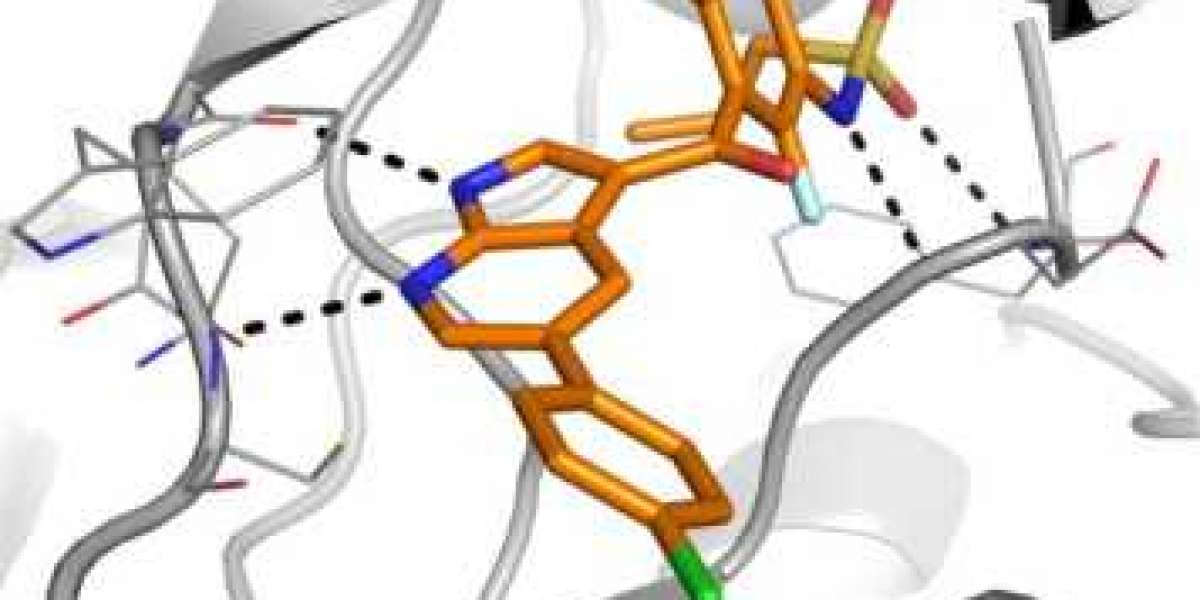Chronic fatigue syndrome (CFS) is a debilitating condition characterized by extreme fatigue that lasts for six months or longer and is not improved by rest. This persistent tiredness can significantly impact daily activities, leading to physical and mental exhaustion, sleep disturbances, and difficulty concentrating. While conventional treatments often focus on symptom management, emerging therapies like photobiomodulation therapy (PBM) offer a promising avenue for relief.
Understanding Photobiomodulation Therapy
Photobiomodulation therapy utilizes low-level lasers or light-emitting diodes (LEDs) to deliver specific wavelengths of light to tissues. This non-invasive treatment stimulates cellular activity, enhances mitochondrial function, and promotes healing by encouraging the bodys natural processes. PBM therapy has gained attention for its potential benefits in various health conditions, including chronic fatigue.
Enhancing Energy Production
One of the primary benefits of photobiomodulation therapy for chronic fatigue is its ability to enhance cellular energy production. The mitochondria, often called the cell's powerhouse, generate adenosine triphosphate (ATP), the body's energy currency. Studies suggest that PBM therapy can stimulate mitochondrial activity, increasing ATP production. For individuals suffering from chronic fatigue, this boost in energy levels can be transformative, enabling them to engage more fully in daily activities and improve their overall quality of life.
Reducing Inflammation
Chronic fatigue is often associated with inflammation and immune system dysregulation. PBM therapy has demonstrated anti-inflammatory properties, helping to reduce inflammation at the cellular level. By modulating inflammatory responses, PBM may alleviate symptoms associated with chronic fatigue, such as muscle pain and discomfort. This reduction in inflammation can lead to an improved sense of well-being, allowing individuals to manage their condition more effectively.
Improving Sleep Quality
Sleep disturbances are common among those with chronic fatigue syndrome. Poor sleep quality can exacerbate fatigue, creating a vicious cycle difficult to break. Photobiomodulation therapy may play a role in improving sleep quality by promoting relaxation and regulating sleep-wake cycles. By addressing underlying issues related to sleep, PBM therapy can help individuals achieve more restorative rest, further contributing to enhanced energy levels and reduced fatigue.
Supporting Mental Clarity
Cognitive impairments, such as difficulties with memory and concentration, are frequently reported by individuals with chronic fatigue. PBM therapy may support cognitive function by enhancing blood flow to the brain and promoting neuronal health. Improved cognitive function can help individuals regain their mental sharpness and better cope with the challenges of daily life. This cognitive support can especially benefit those struggling with fatigue-related brain fog.
A Holistic Approach to Treatment
Incorporating photobiomodulation therapy into a comprehensive treatment plan for chronic fatigue syndrome offers a holistic approach to managing the condition. When combined with lifestyle modifications, such as proper nutrition, regular exercise, and stress management techniques, PBM therapy can provide a synergistic effect that promotes overall health and well-being.
While chronic fatigue syndrome presents complex challenges, photobiomodulation therapy offers a promising alternative for individuals seeking relief. By enhancing energy production, reducing inflammation, improving sleep quality, and supporting mental clarity, PBM therapy can address various aspects of this debilitating condition. As research continues to unveil the potential benefits of PBM, it may become an essential component of chronic fatigue management, empowering individuals to reclaim their lives and improve their overall quality of life.






